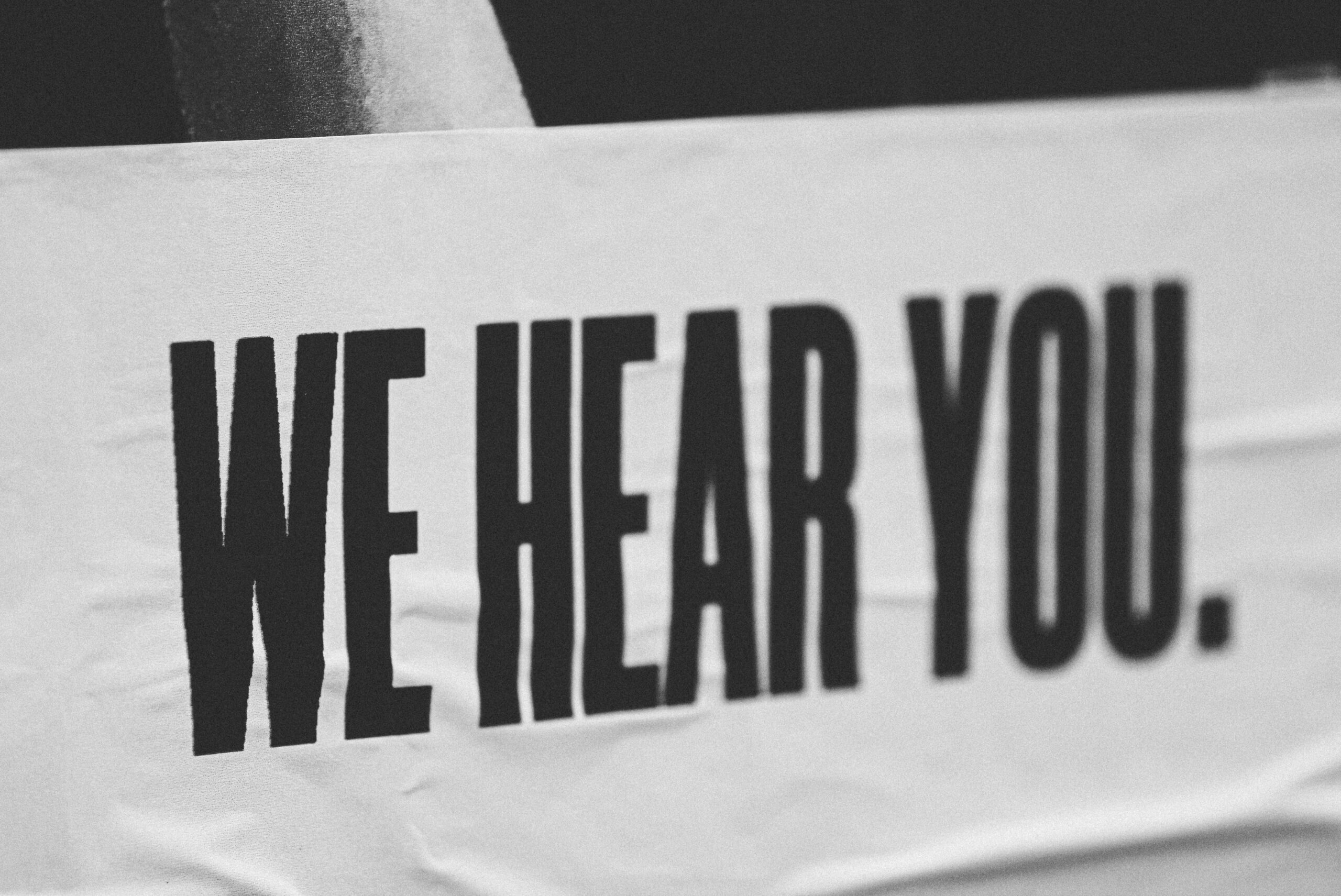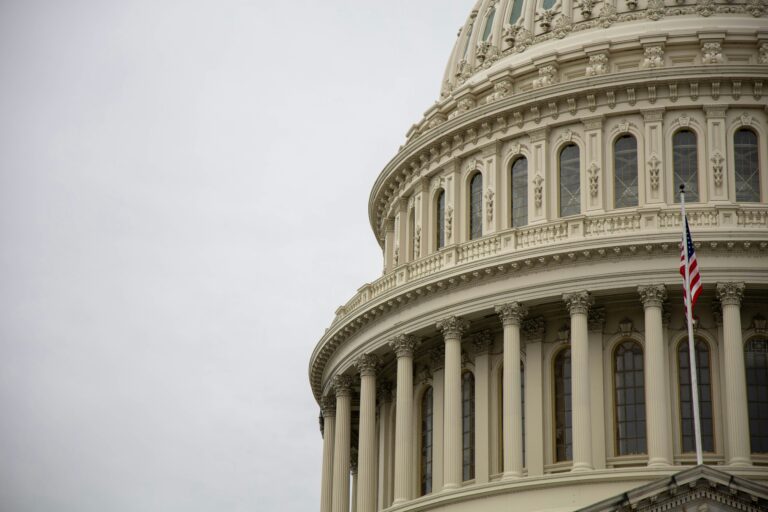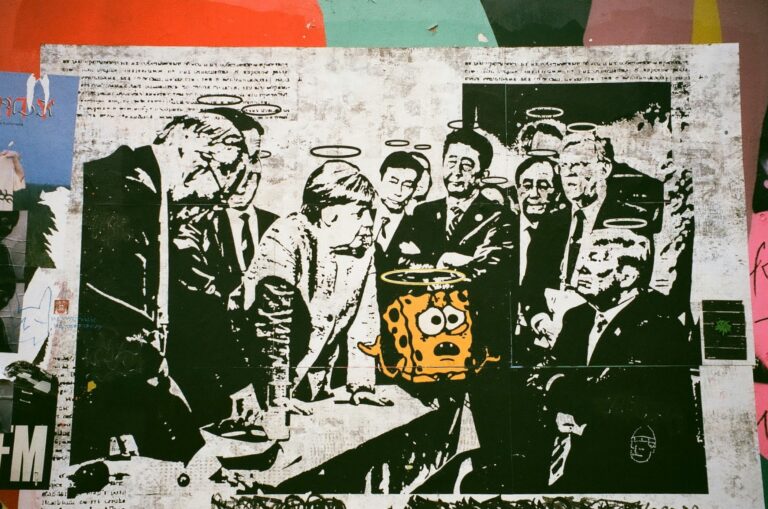
In any functioning democracy, the right to vote is a cornerstone of political freedom and representation. It ensures that citizens have a direct role in shaping their government and influencing policy decisions. However, throughout history and even today, voter suppression has emerged as a critical threat to democratic integrity. Voter suppression refers to strategies and tactics used to prevent or discourage specific groups of people from exercising their right to vote, often targeting marginalized communities, such as racial minorities, the poor, and young voters.
This article will explore the historical and contemporary examples of voter suppression, its impact on elections, and the strategies needed to combat this undemocratic practice. Voter suppression not only undermines individual rights but also distorts electoral outcomes, weakens democratic institutions, and erodes public trust in the political system.
Historical Examples of Voter Suppression
Voter suppression is not a new phenomenon; it has existed in various forms throughout history, particularly in societies where certain groups have sought to maintain power by limiting the political influence of others. In many cases, voter suppression has been closely tied to issues of race, class, and social hierarchy.
- Jim Crow Era in the United States: One of the most well-known examples of voter suppression comes from the United States during the Jim Crow era (late 19th to mid-20th century). After the end of the Reconstruction period following the Civil War, Southern states enacted a series of laws designed to disenfranchise African Americans and prevent them from participating in the political process. These laws included poll taxes, literacy tests, and grandfather clauses, all of which were deliberately designed to prevent Black citizens from voting. Violence and intimidation by groups like the Ku Klux Klan further discouraged African Americans from exercising their right to vote.
- Poll Taxes: Many Southern states required voters to pay a fee to vote, knowing that many African Americans, who were often economically disadvantaged due to systemic racism, could not afford to do so.
- Literacy Tests: These tests were designed to be nearly impossible to pass, often involving obscure questions or subjective evaluations by election officials who would purposely fail Black citizens while passing white voters.
- Grandfather Clauses: These laws allowed individuals to bypass literacy tests and poll taxes if their ancestors had the right to vote before the Civil War—an exemption that applied almost exclusively to white citizens.
These measures succeeded in severely reducing African American voter turnout. In Mississippi, for instance, the percentage of Black voters registered to vote dropped from nearly 70% in the 1870s to under 6% by 1892.
- Women’s Suffrage Movement: Another historical example of voter suppression comes from the long struggle for women’s right to vote. While women were systematically denied suffrage for much of history, the suffrage movement in the 19th and early 20th centuries saw women fighting against legal and cultural barriers that kept them from the ballot box. The 19th Amendment to the U.S. Constitution, ratified in 1920, granted women the right to vote, but even then, many women—particularly women of color—faced discrimination and continued obstacles to voting for decades.
- South African Apartheid: In South Africa, voter suppression was institutionalized under apartheid (1948-1994). The ruling white minority used legal structures to disenfranchise the Black majority, barring them from voting in national elections. It wasn’t until apartheid ended in the early 1990s that all South Africans, regardless of race, were allowed to participate in elections, culminating in the election of Nelson Mandela in 1994.
Contemporary Examples of Voter Suppression
While some of the more blatant forms of voter suppression, such as literacy tests and poll taxes, have been abolished, modern voter suppression has taken more subtle and sophisticated forms. In contemporary democracies, voter suppression often manifests through restrictive voting laws, bureaucratic obstacles, and targeted disinformation campaigns. These methods, though less overt, can still have a significant impact on voter participation and the outcome of elections.
- Voter ID Laws: In recent years, many states, particularly in the United States, have enacted strict voter ID laws requiring individuals to present specific forms of identification to vote. While proponents of these laws argue they are necessary to prevent voter fraud, critics contend that voter ID laws disproportionately affect marginalized groups, including low-income voters, racial minorities, and the elderly—groups that are less likely to possess the required identification. Studies have shown that voter impersonation, the type of fraud these laws aim to prevent, is extremely rare. Instead, the real effect of these laws is to suppress voter turnout among underrepresented communities.
- Purging Voter Rolls: Another tactic used to suppress votes is the aggressive purging of voter rolls, where states remove individuals from the list of registered voters if they have not voted in recent elections or if there is a perceived discrepancy in their records. While maintaining accurate voter rolls is important, purging can result in legitimate voters being disenfranchised, especially when errors occur or insufficient notice is given. In states like Georgia and Ohio, voter roll purges have disproportionately affected African American and low-income voters.
- Restrictions on Early Voting and Mail-in Voting: Early voting and mail-in voting are essential options for many voters, particularly those who cannot vote in person on Election Day due to work, health issues, or caregiving responsibilities. However, some states have implemented policies that reduce the availability of early voting or place restrictions on mail-in ballots. These restrictions disproportionately impact voters from marginalized communities who may have less flexible work schedules or limited access to transportation. During the 2020 U.S. election, for example, some states attempted to limit the use of mail-in ballots, despite the ongoing COVID-19 pandemic, raising concerns about voter suppression.
- Felony Disenfranchisement: In many countries, including the United States, individuals convicted of felonies may lose their right to vote, either temporarily or permanently. Felony disenfranchisement laws disproportionately affect Black and Hispanic populations due to the racial disparities in the criminal justice system. While some states have restored voting rights to individuals who have served their sentences, others maintain strict disenfranchisement laws, effectively suppressing millions of potential voters.
- Disinformation Campaigns: In the digital age, disinformation has become a potent tool for voter suppression. During elections, targeted campaigns spread false information about voting procedures, polling locations, or voter eligibility, often aimed at confusing or discouraging specific groups from voting. Disinformation campaigns can take place online, particularly through social media, where false information can spread rapidly and be difficult to counteract. These campaigns undermine confidence in the electoral process and contribute to lower voter turnout.
The Effects of Voter Suppression
The effects of voter suppression are far-reaching and have a profound impact on democratic systems:
- Skewed Election Outcomes: By preventing certain groups from voting, voter suppression can lead to election outcomes that do not reflect the will of the people. This distortion of electoral results undermines the legitimacy of elected governments and contributes to a growing sense of disenfranchisement among affected communities.
- Disproportionate Impact on Marginalized Communities: Voter suppression tactics often target groups that already face social and economic challenges, including racial minorities, low-income individuals, and the elderly. This perpetuates a cycle of political exclusion, where the voices of marginalized communities are further silenced, and their concerns remain unaddressed by policymakers.
- Erosion of Public Trust in Democracy: When citizens feel that the system is rigged against them or that their votes do not matter, trust in democratic institutions erodes. Voter suppression fuels cynicism and disengagement, weakening the foundations of democratic governance.
- Political Polarization: Voter suppression can contribute to increased political polarization by entrenching the power of certain groups while alienating others. As voter suppression tactics often benefit one political party over another, it can lead to more extreme political positions and less willingness to compromise.
Strategies to Combat Voter Suppression
Addressing voter suppression requires a multifaceted approach that involves legal reforms, community engagement, and the use of technology to improve access to voting. Here are some strategies that can be employed to combat voter suppression:
- Strengthening Voting Rights Legislation: One of the most effective ways to combat voter suppression is through strong legal protections for voting rights. In the United States, the Voting Rights Act of 1965 was instrumental in curbing many of the discriminatory practices that suppressed Black voters. However, recent Supreme Court decisions have weakened the Act, particularly the 2013 ruling in Shelby County v. Holder, which removed the requirement for certain states to get federal approval before changing voting laws. Restoring and expanding voting rights legislation could provide a crucial safeguard against voter suppression.
- Automatic Voter Registration: Automatic voter registration (AVR) is a policy that automatically registers eligible citizens to vote when they interact with government agencies, such as applying for a driver’s license. AVR simplifies the registration process and increases voter participation by making it easier for people to register to vote. Several U.S. states have adopted AVR, and the policy has led to increased voter turnout, particularly among underrepresented groups.
- Expanding Access to Early and Mail-in Voting: Ensuring that all citizens have access to early voting and mail-in voting options is critical for reducing barriers to voting. These options provide flexibility for people who may not be able to vote on Election Day due to work, health issues, or other commitments. Expanding access to these voting methods can help increase voter turnout and make the electoral process more inclusive.
- Fighting Voter ID Laws: Legal challenges to restrictive voter ID laws have been successful in some cases, particularly when it can be demonstrated that these laws disproportionately affect marginalized communities. Advocates for voting rights can
continue to challenge these laws in court while also pushing for alternatives, such as allowing a wider range of acceptable identification documents or providing free IDs to those who need them.
- Community Engagement and Voter Education: Voter suppression can be countered by empowering communities with information about their voting rights. Grassroots organizations and advocacy groups play a key role in educating voters, helping them navigate challenges such as ID requirements, voter roll purges, and disinformation. By engaging with communities, particularly those most affected by voter suppression, these organizations can ensure that more people are able to participate in the electoral process.
- Technological Solutions: In an increasingly digital world, technology can be harnessed to make voting more accessible and secure. Online voter registration, secure voting apps, and real-time fact-checking of disinformation campaigns can help combat some of the challenges posed by modern voter suppression. However, these solutions must be implemented carefully to ensure they are accessible to all citizens and do not inadvertently create new barriers.
Conclusion: The Ongoing Battle for Voting Rights
Voter suppression remains a significant threat to democratic integrity, both historically and in contemporary politics. Whether through blatant discrimination, bureaucratic obstacles, or disinformation campaigns, voter suppression distorts electoral outcomes, disenfranchises marginalized communities, and erodes public trust in democracy.
Addressing voter suppression requires a sustained commitment to legal reform, voter education, and the expansion of access to voting. In a healthy democracy, every citizen should have an equal opportunity to participate in the electoral process, and combating voter suppression is essential to ensuring that this fundamental right is protected. By continuing to fight for fair and inclusive elections, we can safeguard the integrity of our democratic systems and ensure that the voices of all citizens are heard.



